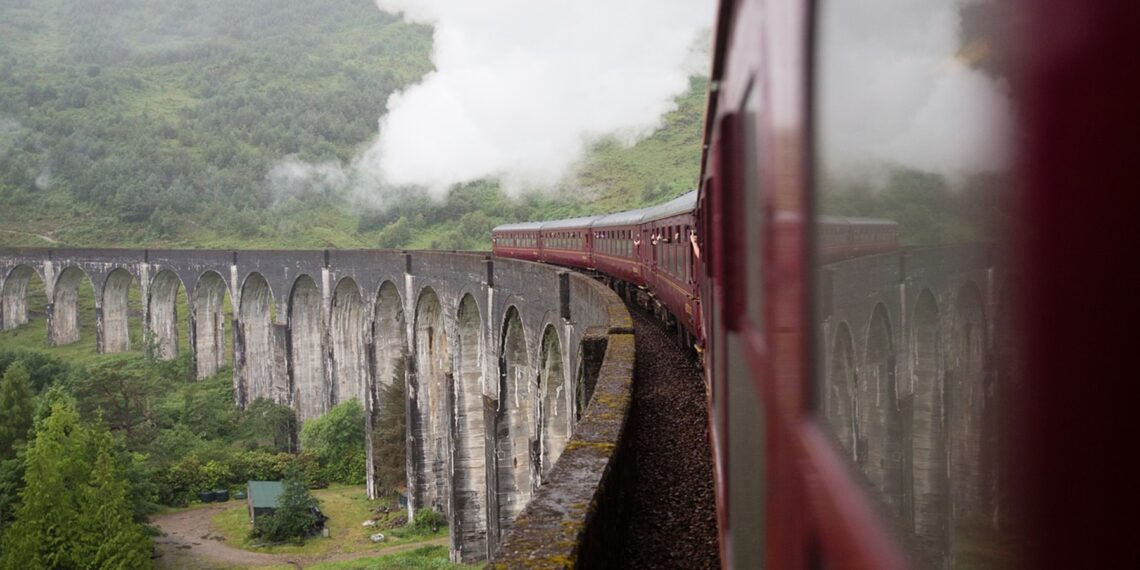China is set to begin construction this year on a strategic railway linking Xinjiang to Tibet, with sections running close to the Line of Actual Control (LAC) with India, according to a report by the South China Morning Post.
The state-owned Xinjiang-Tibet Railway Company (XTRC) has been formally registered with an initial capital of 95 billion yuan (USD 13.2 billion).
Fully owned by China State Railway Group, the company will oversee construction and operations of the Hotan–Lhasa line — one of the country’s most ambitious rail projects to date.
The planned route will connect the existing Lhasa–Shigatse line with a new Hotan–Shigatse segment, creating a roughly 2,000 km corridor across the Kunlun, Karakoram, Kailash, and Himalayan ranges.
The line will traverse high-altitude terrain averaging over 4,500 metres, with conditions including sub-zero temperatures down to -40°C, glaciers, frozen rivers, and permafrost.
Parts of the line will pass near the disputed Aksai Chin region, a flashpoint in the 1962 Sino-Indian war and claimed by India as its territory.
Analysts say the railway will carry strategic significance in a frontier region with limited infrastructure.
The Xinjiang–Tibet link is part of a broader plan to build four rail lines connecting Tibet to other Chinese provinces.
While the Qinghai–Tibet line is operational, construction is ongoing for the Sichuan–Tibet and Yunnan–Tibet routes.
China’s investment in Tibet’s infrastructure has accelerated in recent years, with projects including a high-speed rail line near Arunachal Pradesh’s border and a controversial mega-dam on the Brahmaputra River, which has drawn concerns from India and Bangladesh.
According to Chinese media, the Xinjiang–Tibet railway forms part of a 5,000 km plateau rail network planned for completion by 2035.
The project was first included in China’s national railway blueprint in 2008, with survey and design work for the Hotan–Shigatse section launched in 2022.
ALSO READ: Prof. Gour Gopal Banik launches new novel at Girijananda Chowdhury University
Construction will present significant engineering and environmental challenges, alongside high logistics costs and equipment wear due to extreme conditions.
In addition to rail transport, XTRC’s mandate includes tourism, real estate development, catering, accommodation, and international project contracting.
The project’s timing is notable, coming amid a gradual thaw in China–India relations following last year’s meeting between Prime Minister Narendra Modi and President Xi Jinping at the BRICS summit in Russia.
Modi is expected to attend the upcoming Shanghai Cooperation Organisation summit in Beijing later this month.















